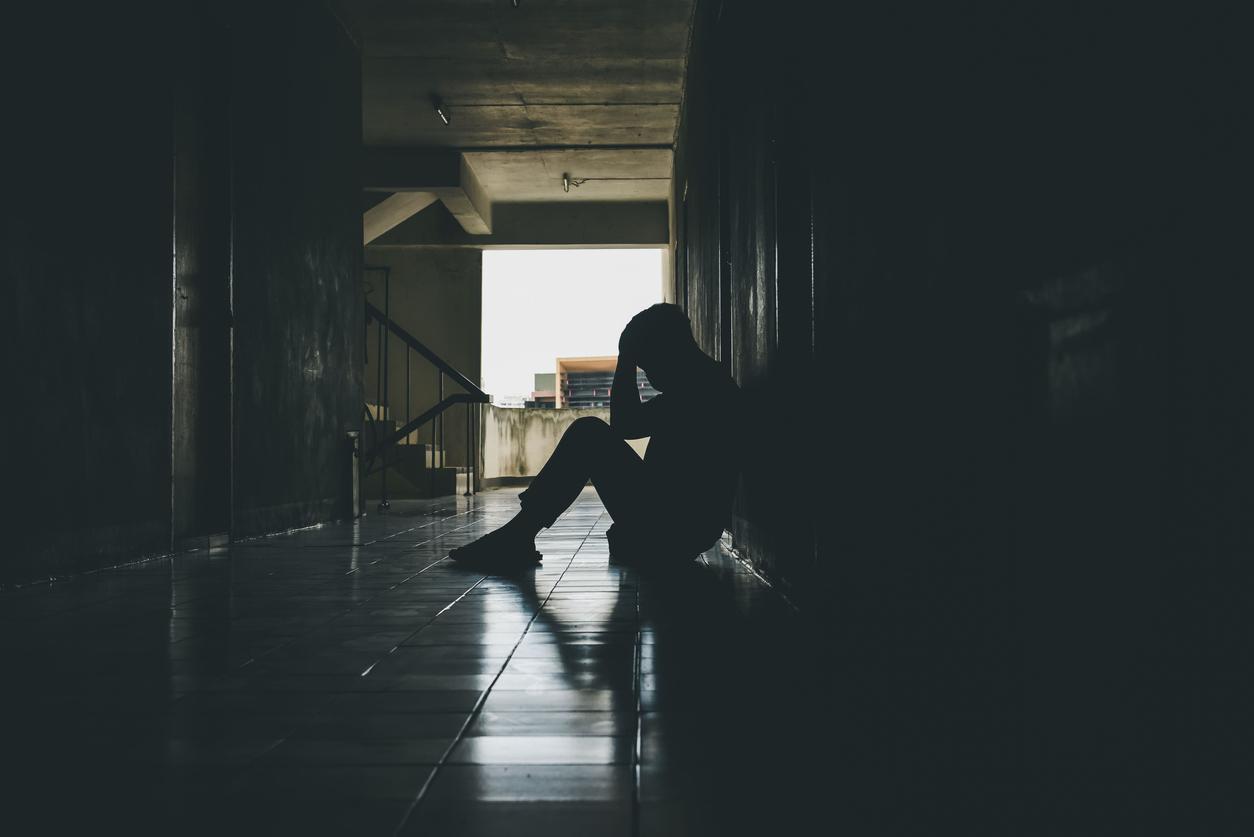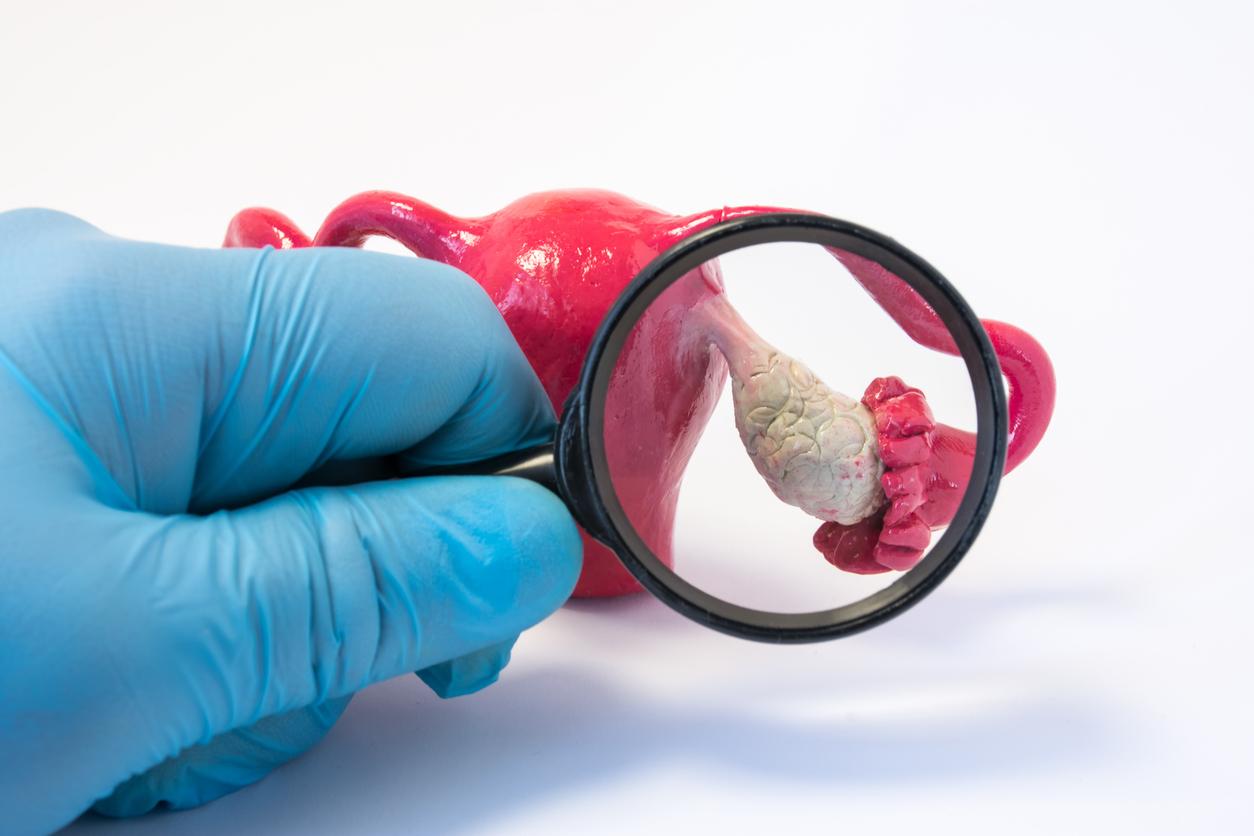Suicidal behavior peaks around spring and early summer.

- There are peaks for suicidal thoughts and for suicidal behavior.
- The end of the year is usually the time when suicidal thoughts are strongest, while for suicidal behavior it is spring.
- According to a study, this would be linked to a phenomenon of switching between thoughts and actions, which takes several months to set up.
November, rainy weather and shorter days: this month is often referred to as “more depressing” of the year. A study from the University of Nottingham, in the United Kingdom, contradicts this received idea. The authors of this research identified the months when people have more suicidal behavior. According to their findings, the peak is reached in spring/early summer. Their results were published in the journal Nature Translational Psychiatry.
Suicidal thoughts and suicide: a tipping point in the spring
This work, carried out in collaboration with the University of Amsterdam and Harvard University, lasted six years, during which nearly 10,000 people responded to surveys. The questions focused on their mood, their thinking, their image of suicide and self-harm. At the same time, tests were carried out to identify participants’ suicidal behavior or thoughts. The responses show that suicidal thoughts are strong during the winter, in December, but there is a discrepancy with suicidal behavior: they are more significant on sunny days. Researchers call this phenomenon “the tipping point”.
Suicide: why is the risk higher as summer approaches?
Dr Brian O’Shea, of the University of Nottingham, director of this study, provides some explanations: “It may come as a surprise that spring, a time when people’s moods are thought to improve, is actually the time of year when people are most at risk of committing suicide. he notes. The reasons are complex, but our research shows that suicidal thoughts and mood are worst in December and best in June. Between these two points there is an increased risk of suicidal behavior, and we believe this occurs because the gradual improvement in their mood and energy may allow them to plan and commit to a suicide attempt.He also raises a hypothesis that people with mental health conditions tend to improve their moods more slowly than others, which can draw comparisons to adverse psychological effects. The researchers also note that suicidal thoughts peak around 4 or 5 a.m.
How to prevent the risk of suicide?
Dr Brian O’Shea adds: “This study is the first to examine temporal trends around mood and thoughts of self-harm on such a large scale and truly identifies when intervention could be most beneficial.” L’Assurance Maladie precisely provides several directions on the signals to spot to help a person at risk of suicide. “If a person around you shows a set of suicidal signs, if their attitude and behavior change causing fear of a suicide attempt, be vigilant“, she notes. Several things can alert: messages expressing the intention to commit suicide (“I’m going to finish“, “I missed everything in life“, I am no longer able“, etc.), symptoms of psychological suffering such as fatigue, anxiety, professional or relational difficulties and finally signs of imminent action: an unusual calmness of the person at risk, an ordering of his personal affairs, abnormal isolation, etc.
According to data from the National Suicide Observatory, 9,300 people died by suicide in 2016 and more than 200,000 attempts were recorded.
















